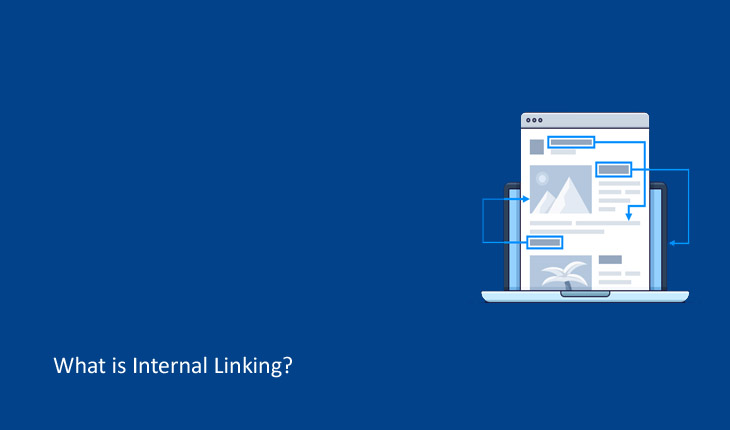Internal linking refers to the practice of connecting different pages within your own website. These hyperlinks allow users to navigate between related content seamlessly.
When you click on a link that directs you to another page on the same site, that’s an internal link in action. They can lead readers from a blog post to a product page or even guide them back to your homepage.
This strategy not only enhances user experience but also helps search engines understand the structure and hierarchy of your content. Each internal link serves as a signal about what’s important on your site, influencing how search crawlers index and rank those pages.
By strategically placing these links throughout your content, you create a web of information that encourages exploration and keeps visitors engaged longer. This interconnectedness is crucial for both usability and SEO success.
Why Are Internal Links Important for SEO?
Internal links serve as the backbone of your website’s structure. They guide both users and search engines through your content, creating a clear path for navigation.
When search engines crawl your site, internal links help them understand the hierarchy and context of your pages. This aids in indexing and ranking, making it easier for relevant content to be discovered.
Additionally, internal linking enhances user experience. By directing visitors to related articles or resources, you keep them engaged longer on your site. Longer engagement often signals value to search engines.
Moreover, strategically placed internal links distribute page authority throughout your site. This means newer or less popular pages can benefit from the strength of higher-ranking ones.
Effective internal linking is crucial not only for SEO but also for providing a seamless journey for every visitor navigating through your content-rich landscape.

